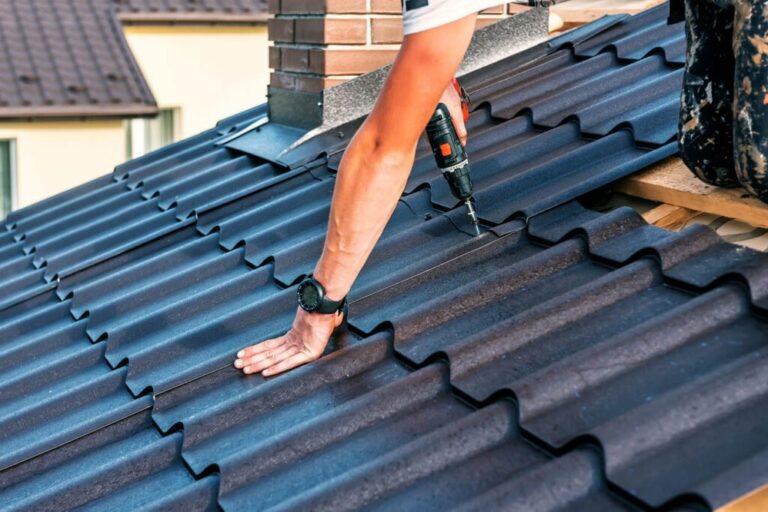When it comes to roofing in Salt Lake City, choosing the right materials and understanding the costs involved are crucial factors to consider. The extreme weather conditions experienced in this region make it important to have a durable and reliable roof that can withstand heavy snowfall, strong winds, and intense sunlight. In this comprehensive guide, we will explore various roofing materials suitable for Salt Lake City, along with their costs and other essential considerations.
1. Asphalt Shingles
Asphalt shingles are one of the most popular choices for roofing in Salt Lake City due to their affordability and durability. They are available in a wide range of colors and styles, making them suitable for different architectural designs.
Asphalt shingles can withstand harsh weather conditions and typically have a lifespan of 15 to 30 years. The cost of asphalt shingles ranges from $1.50 to $5 per square foot, making them a cost-effective option for homeowners.
2. Metal Roofing
Metal roofing is gaining popularity in Salt Lake City due to its exceptional durability and energy efficiency. It can withstand heavy snow loads and is resistant to fire, rot, and pests. Metal roofs come in various styles, including standing seam, metal tiles, and metal shingles.
While the initial cost of metal roofing is higher compared to asphalt shingles, ranging from $5 to $12 per square foot, its longevity of 50 years or more makes it a worthwhile investment.
3. Slate Roofing
Slate roofing offers a timeless and elegant look to any home. It is known for its exceptional durability, longevity, and fire resistance. Slate roofs can last for over a century with proper maintenance.
However, they are also one of the most expensive roofing options, with costs ranging from $15 to $30 per square foot. Due to their weight, it’s essential to ensure that the house’s structure can support the additional load.
4. Tile Roofing
Tile roofing is another popular choice in Salt Lake City, known for its durability and aesthetic appeal. Concrete and clay tiles are the most common types used, with clay tiles offering a more traditional and elegant look. Tile roofs are resistant to fire, rot, and pests and can last for 50 to 100 years. The cost of tile roofing ranges from $8 to $15 per square foot, making it a long-term investment for homeowners.
5. Cedar Shake Roofing
Cedar shake roofing provides a rustic and natural look to homes in Salt Lake City. It is known for its excellent insulation properties and resistance to insects and decay. Cedar shake roofs require regular maintenance to prevent moss and mold growth. The cost of cedar shake roofing varies from $6 to $12 per square foot. While it may require more upfront investment, its aesthetic appeal and durability make it a sought-after option.
Other Essential Considerations
1. Building Codes and Permits
Before starting any roofing project in Salt Lake City, it is crucial to obtain the necessary permits and adhere to local building codes. These regulations ensure that the roof meets safety standards and helps protect the homeowners and their property.
2. Hiring a Professional Contractor
To ensure the success of your roofing project, it is recommended to hire a reputable and experienced roofing contractor. They will provide expert advice on suitable materials, perform quality installation, and ensure the roof meets all the necessary requirements.
3. Maintenance and Inspection
Regular maintenance and inspections are essential to prolong the lifespan of your roof. Salt Lake City’s extreme weather conditions can cause wear and tear, so it’s important to address any issues promptly. Cleaning debris, inspecting for damage, and clearing snow buildup are crucial maintenance tasks.
Choosing the right roofing materials for Salt Lake City involves considering factors such as durability, cost, and aesthetic appeal. Asphalt shingles, metal roofing, slate roofing, tile roofing, and cedar shake roofing are all viable options depending on your preferences and budget.
By understanding the unique challenges and requirements of Salt Lake City’s climate, homeowners can make informed decisions and ensure they have a reliable and long-lasting roof to protect their homes for years to come.

